The Best Hidden Gem Resorts in the Algarve: 2023
Bored of sipping cocktails by the hotel pool-bar? Need to get away from the tourist throngs? Luckily, the Algarve offers much more than package deal accommodation and busy beaches.
Whether you're in the market for a cheap Algarve holiday or something a little more luxurious, a myriad of seldom-visited natural and historical gems await - from waterfalls to cliff top villages to sand dunes bristling with rusting anchors.
So pack your sense of adventure and discover some hidden gem attractions and resorts in the Algarve...
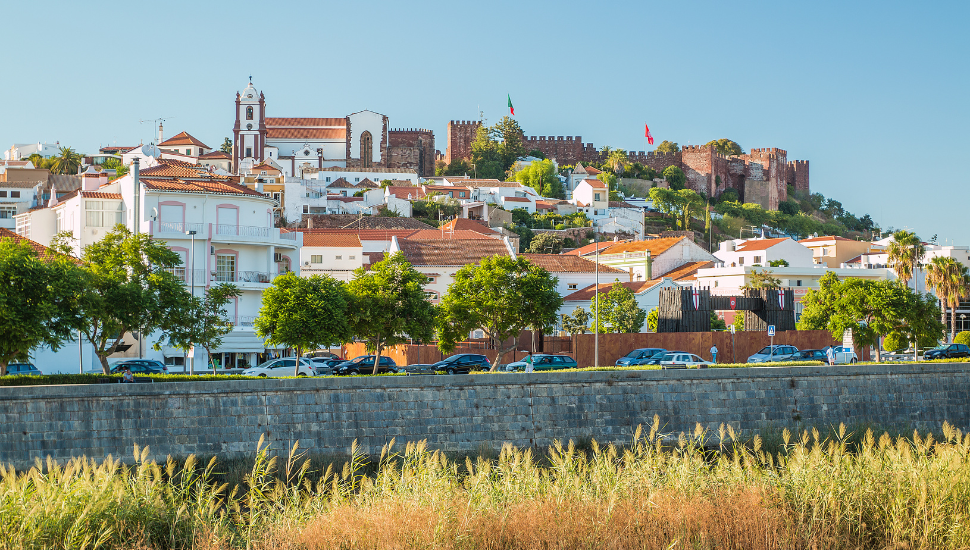
Silves
Ancient Moorish castle and a laid-back vibe
With such a glorious coastline, it's understandable that visitors don't make time for the Algarve's beautiful hinterland. But they should! A case in point is Silves, with its imposing Moorish castle - the best-preserved example in the entire region.
Here, the influence of the Moors and Islam more generally is clear and tangible. There's a church (formerly a mosque), and the castle features a modest but memorable museum.
And in common with many inland towns and villages in the area, Silves has a laid-back vibe that's ideal if the busy coastal resorts get too much.
The Silves Medieval Festival takes place in August, offering battle re-enactments, stalls and events. However, the town is an enjoyable place to visit year-round, including in winter (daytime December temperatures reach around 17°C).
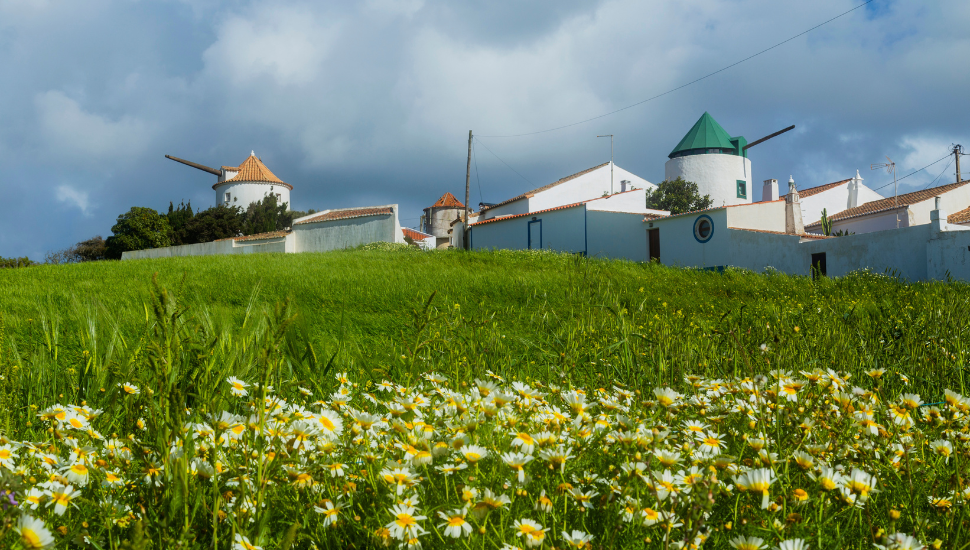
Vila do Bispo
The unique 'hotel village' saved from ruin
Inland from Sagres you'll find Vale de Bispo, a village that once lay in near ruins, but was rescued by a crowdfunding campaign.
Today, the quintessential whitewashed homes can be booked for overnight stays.
A number of hiking trails surround this tranquil village - one of the Algarve's true hidden gems.
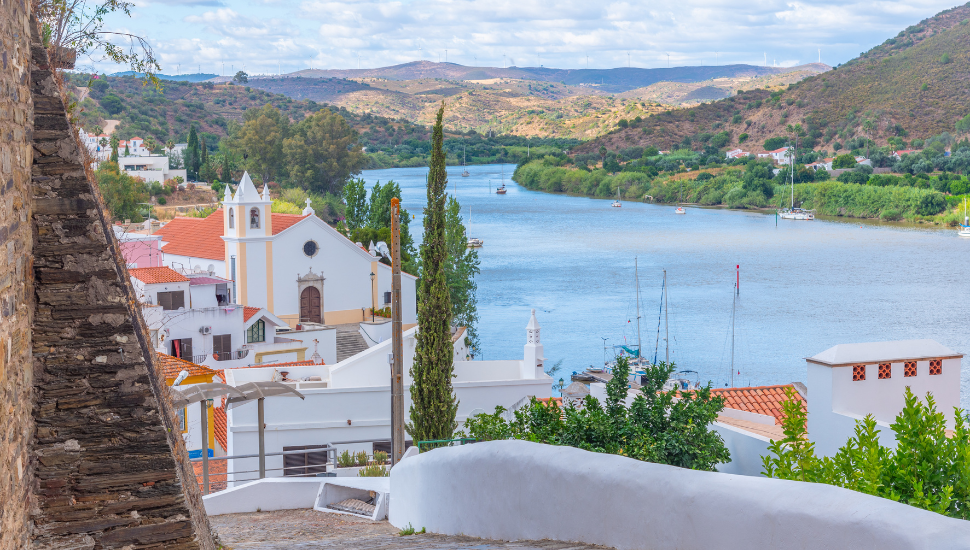
Alcoutim
A unique border town with a fascinating smuggling past
The Guadiana River defines much of the Spanish-Portuguese border, and is where you'll find a host of the Algarve’s hidden gems.
Prime among these is Alcoutim which, as a border town, has a long and fascinating history of smuggling.
While sleepy for most of the year, it comes alive in March when the three-day Contraband Festival takes place, with music, events and activities.
A temporary pontoon-style bridge is erected for the festivities, but at other times of the year you can cross the Guadiana River by boat, then return via the 'Limite Zero' zipline.
This high-speed method of crossing the border is one of the region's most unique experiences.
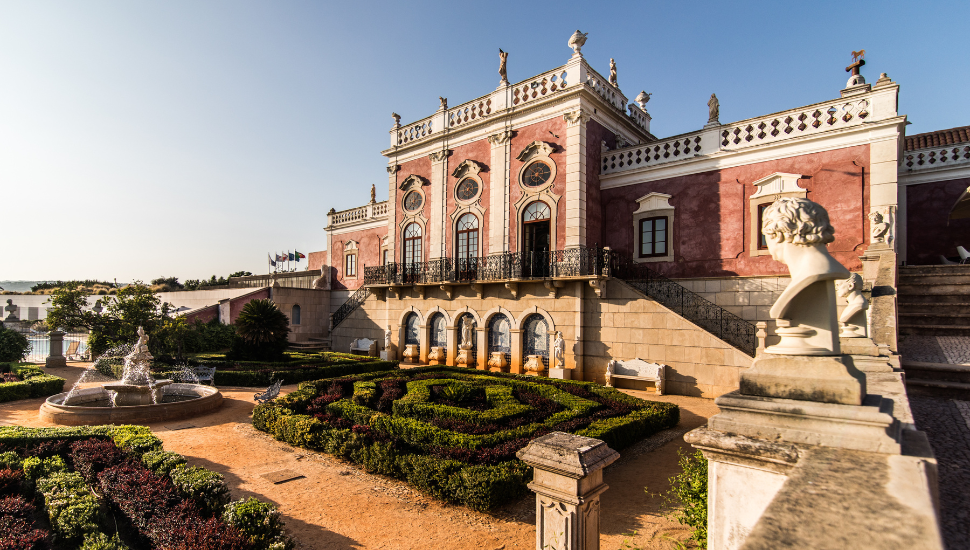
Estoi
Roman ruins and an opulent renovated hotel near Faro
Near the Algarve's capital city, Faro, is Estoi, which features two of the region's hidden gems.
The Roman Ruins of Milreu includes the remnants of temples, walls and mosaics which, while not in the most intact condition, are available to explore for a modest fee.
Much grander is the Pousada de Estoi, an old mansion-villa that has been transformed into a luxury accommodation - and one of the Algarve's best hotels.
You don't need to be a resident to enjoy the opulence - you can order a glass of wine and enjoy the salubrious surroundings. However, to experience the hotel's Turkish baths you'll need to book an overnight stay.
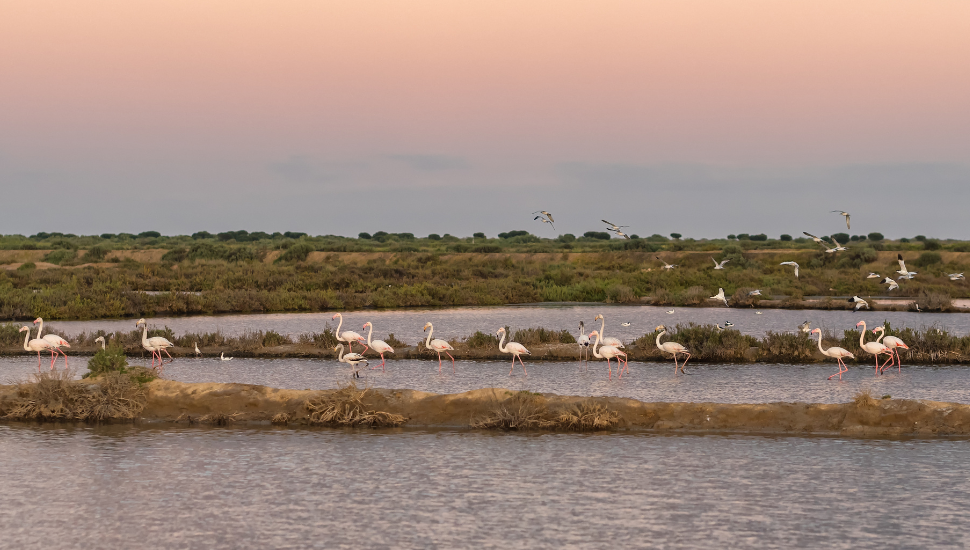
Tavira's outskirts
Flamingos and waterfalls
Visit Tavira's salt pans from November to March and you'll have a great chance of seeing migrating flamingos.
The salt pans themselves can turn a vivid pink when salt concentrations are high.
The Pego do Inferno (Hell's Pit) waterfall is named after a legend of a carriage that supposedly fell into the lake below, from which neither carriage nor occupants were recovered. It is said that the lake leads directly to hell.
Today this pretty area is far from hellish, but to see a decent cascade of water you'll need to visit in the winter months. However, it’s a relaxing spot for a summer excursion, too.
Tavira itself has a good choice of cheap family-friendly hotels in the Algarve, with many UK tour operators offering package deals.
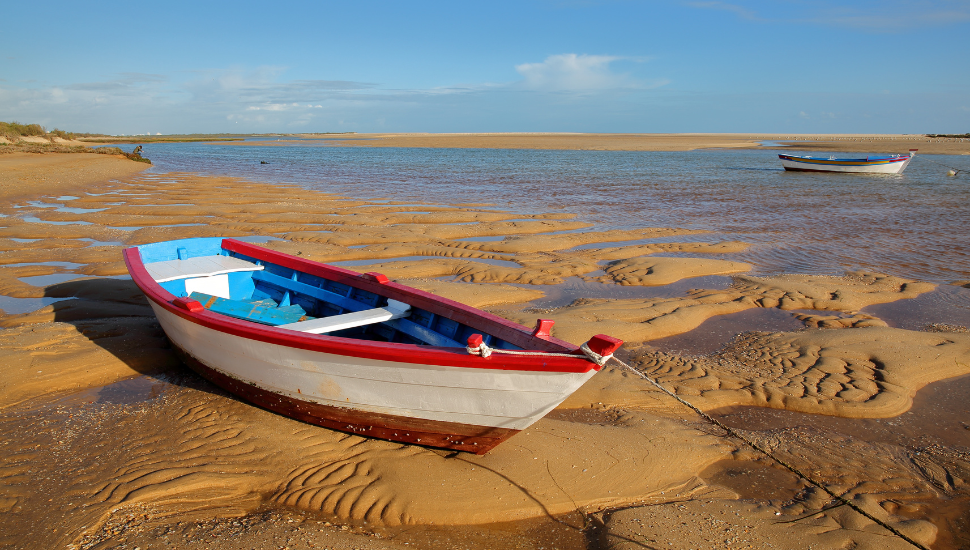
Cacela Velha
Epic cliff top views from this tiny village
Enjoy stunning views from this small clifftop village, located at the end of the Ria Formosa lagoon system.
By train, you'll arrive at Vila Nova de Cacela, from which Cacela Velha is a moderate walk.
The town possesses beauty of a somewhat desolate nature, with epic ocean views. You can reach the sand via a staircase, but do bear the tides in mind to avoid getting stranded on the sand bar!
The town itself features a couple of cafes, the remnants of a fort, and a whitewashed church.
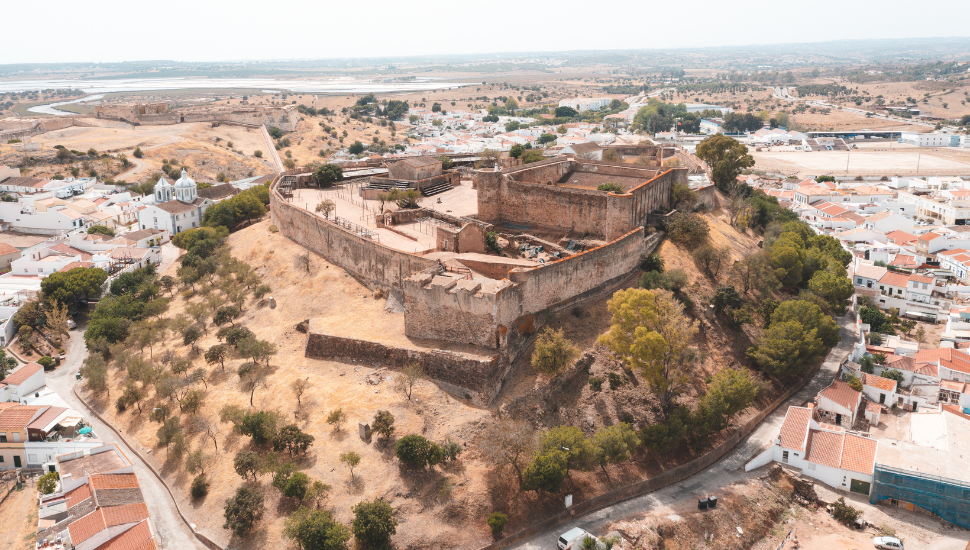
Castro Marim
Explore a frontier castle and salt pans
For centuries this town stood guard over the Guadiana River and any potential threat from Portugal's old enemy, Spain.
Located just north of Vila Real de Santo Antonio, the town's castle is the key draw - Castelo da Vila de Castro Marim.
Here you can wander among the ruins which include a sobering torture museum.
In the lower reaches of the town you'll find its salt pans (salinas). While harvesting salt is the main focus, in summer you can also enjoy a rejuvenating salt bath.
A number of boutique hotels and golf courses are available in the area.
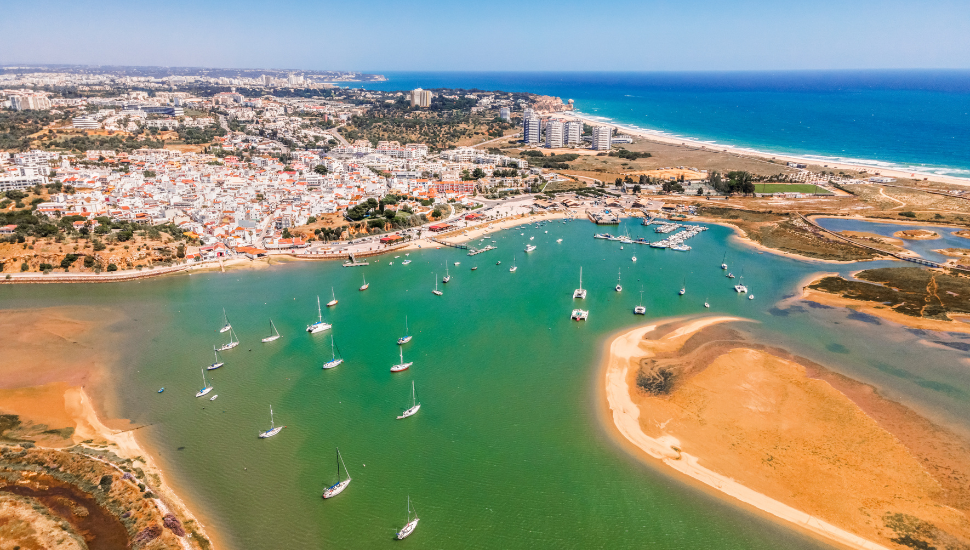
Alvor
Explore 'secret' caves while staying in peaceful Alvor
If the crowds of the famous Benagil cave are a little off-putting, why not explore the lesser-known caves along the Alvor coast.
Unlike Benagil, which can be explored by kayak, to enter most Alvor caves you'll need some snorkel gear. Small group tours are available to book.
The town of Alvor is ideal for a laidback beach holiday: think charming whitewashed houses, fishing boats and cobbled streets.
While small, the town has a good choice of restaurants and late-night drinking spots, and is a winner for those seeking cheap (and not-so-cheap) hotels in the Algarve.
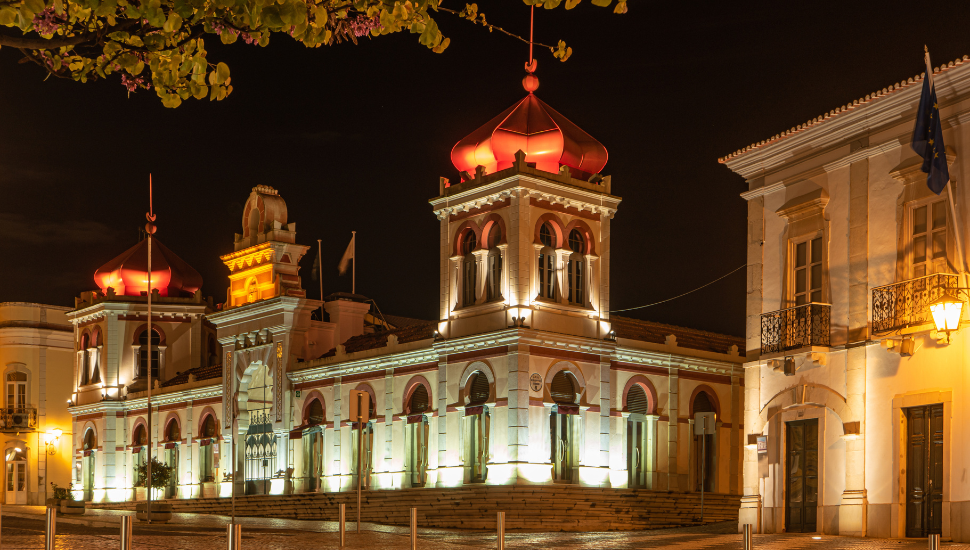
Loulé
Ruined Islamic baths, handicrafts and the region's biggest carnival
This charming inland town has so far sidestepped mass tourism, offering an authentic taste of Algarve life. Algarvian handicraft workshops help cement the area's traditional feel.
The town is also home to the remnants of Portugal's only known Islamic baths, as well as castle walls and a superb Art Nouveau market hall.
Head to Loulé in February and you'll experience the Algarve’s largest carnival, Carnaval de Loulé - arguably the top Algarvian winter experience.
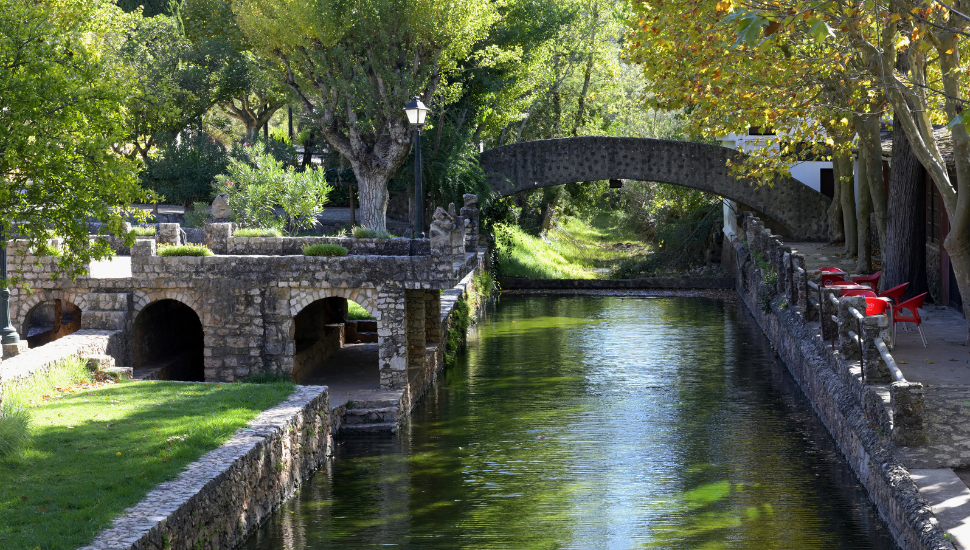
Alte
The Algarve's best waterfall
The quaint town of Alte offers classic Portuguese whitewashed charm, with watermills, cafes, and small canals that are perfect for a picnic.
The Algarve’s' finest waterfall fall is a short stroll from Alte - an excellent choice if you need a refreshing (if chilly) dip. However it can get busy in the peak summer season.

Marmelete
Where firewater is made
See how medronho, a traditional Portuguese liquor, is made in this tiny village located between the coast and Monchique.
It's distilled from vivid red berries, giving it the nickname 'firewater'. Naturally, samples of this potent imbibe are on offer afterwards!
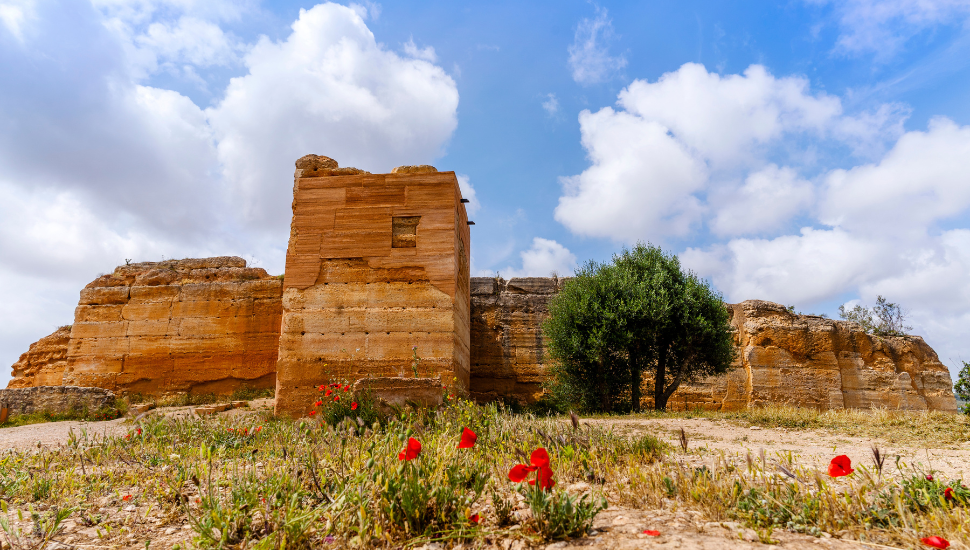
Castle of Paderne
National heritage and (tiny) turtle spotting
The Portuguese flag features seven castles - and Paderne is one of them. While little remains of this 16th century fort, what does is hugely significant.
A stroll along the trail here takes in a river with tiny resident turtles.
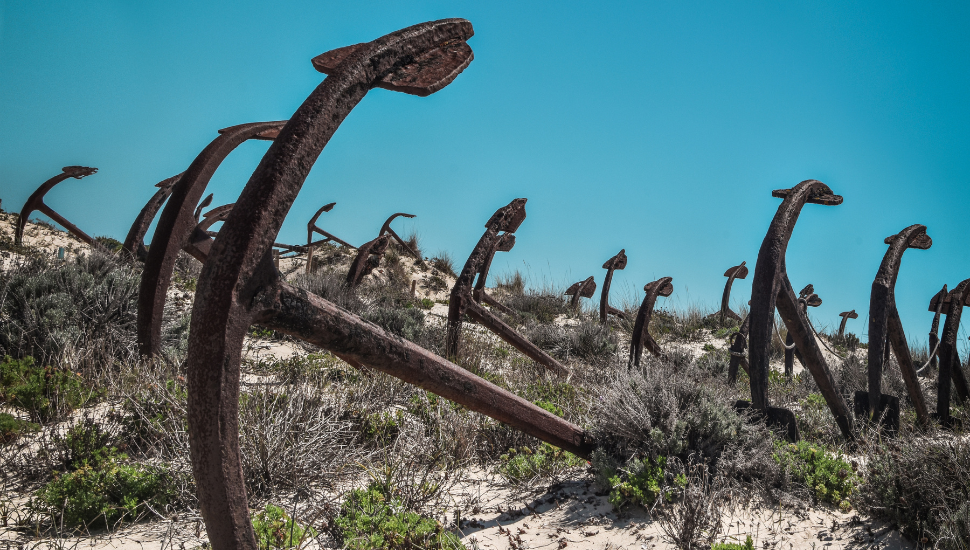
Praia do Barril
Anchor cemetery
After the demise of the local tuna industry, fishermen laid their anchors in the windswept dunes of Praia do Barril.
The beach is technically part of an island, but it can be accessed via bridge either on foot or on a little tram service.
A peaceful yet dramatic spot.
If you keep walking up the coast, you'll reach Ilha de Tavira within a couple of hours.
Get a Quote